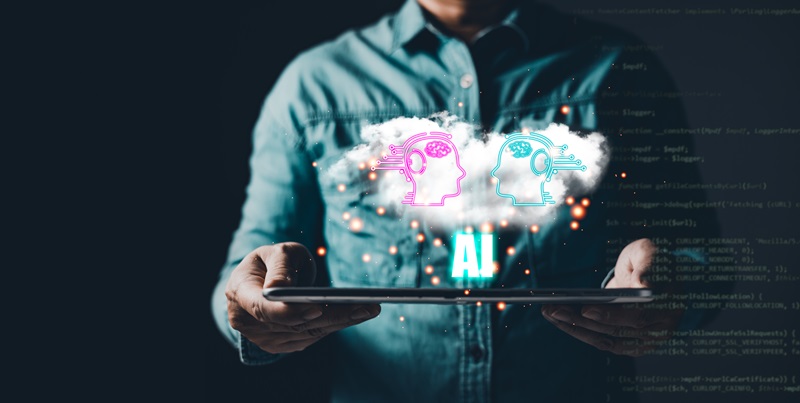Amidst the rapid expansion of artificial intelligence (AI) in various fields, its integration into human resources (HR) has become particularly noteworthy, underscoring the dual necessity of leveraging advanced technology and vigilantly managing its application to avoid any unintended biases while promoting effective outcomes. Companies are increasingly embedding AI tools in HR processes ranging from hiring to termination, with these sophisticated systems now playing pivotal roles in many American organizations.
Pervasiveness and Challenges of AI in HR
AI’s adoption in HR has seen a significant rise, with approximately 75% of U.S. companies using some form of AI throughout the employee lifecycle. However, as these tools become more entrenched, the risk of inherent biases becomes apparent. The AI systems, often trained on historical data, can inadvertently carry forward existing prejudices. This can lead to discriminatory practices, such as creating homogenous hiring pools or excluding diverse candidates. The reliance on data points like zip codes, for example, can introduce unintentional racial bias, further complicating the matter.
The Regulatory Landscape
The expansion of AI in HR doesn’t go unnoticed by regulatory bodies. As AI usage grows, so does the scrutiny at various governmental levels, necessitating that companies align their AI practices with both current and emerging laws. Organizations must be acutely aware of regulatory standards such as the EEOC’s “four-fifths rule,” which highlights potential discrimination if a selection rate for any group is less than 80% of the rate for the group with the highest selection rate. This legal landscape propels the need for companies to establish stringent frameworks to evaluate their AI systems continually.
The Importance of Transparency and Oversight
To mitigate the risk of AI perpetuating biases, companies must emphasize transparency in their AI decision-making processes. Black box AI systems, which operate without explaining their decision-making logic, pose significant risks due to their opaque nature that can harbor unchecked biases. A transparent approach involves using diverse training data and implementing robust oversight mechanisms. Regular assessments of AI tools and forming oversight committees are imperative to ensure that these systems serve their intended purpose without leading to unfair outcomes.
Mitigation Strategies and Best Practices
Developing comprehensive frameworks and policies is essential for managing AI-driven HR tools effectively. These policies should be dynamic, adapting to new regulatory requirements and organizational goals. Including legal and compliance teams in the development and continuous assessment of AI tools is critical to maintaining adherence to laws and ethical standards. Companies should also invest in creating oversight committees dedicated to regularly reviewing AI systems for potential biases and ensuring that these tools are in line with organizational values and legal mandates.
Synthesis and Cohesive Narrative
The article provides a cohesive narrative emphasizing the transformative potential of AI in HR while cautioning against its unintended consequences. By highlighting regulatory standards like the EEOC’s “four-fifths rule” and examining practical instances of potential biases, it offers a comprehensive view of the challenges and solutions in managing AI-driven HR tools. The content collectively underscores the need for continued human oversight and proactive strategies to ensure these advanced systems do not compromise fairness and diversity within organizations.
Conclusion
In the midst of the rapid expansion of artificial intelligence (AI) in various sectors, its integration into human resources (HR) stands out as particularly significant. This trend highlights the dual need to harness cutting-edge technology and carefully oversee its application to prevent unintended biases and promote effective results. Companies are increasingly incorporating AI tools in HR processes, from recruitment and onboarding to performance evaluation and even termination. These advanced systems are now integral to operations in numerous American organizations, streamlining workflows, enhancing decision-making, and fostering productivity. However, this widespread adoption also necessitates a vigilant approach to manage potential ethical concerns and ensure that AI is utilized responsibly. Properly implemented, AI can help HR departments make more objective and data-driven decisions, ultimately contributing to a fair and efficient workplace. As AI continues to evolve, its role in transforming HR practices will likely expand, making ongoing oversight and ethical consideration essential to its success in shaping the future of work.

